There’s something undeniably magical about capturing the world from 30,000 feet above the ground. Whether it’s the way the early morning sun paints the clouds in a dazzling array of colors or the patterns formed by cities and rivers snaking below, aerial photography offers a unique opportunity to document your travels from a perspective few people truly appreciate. But, as any experienced traveler knows, shooting great photos from a cramped airplane seat isn’t exactly easy. Between the smudged windows, reflections, and awkward angles, getting that perfect shot can be a challenge.
In this comprehensive guide, we’ll cover everything you need to know to master air travel photography. From choosing the right equipment and perfecting your technique to post-processing tips that will take your photos to the next level, you’ll learn how to capture stunning aerial shots that are worthy of sharing. So fasten your seatbelt, secure your camera, and let’s get started on this journey through the skies!
Understanding the Challenges of Airplane Photography
Taking photos from an airplane comes with a unique set of obstacles. The lighting conditions can be unpredictable, the airplane’s vibrations can blur your shots, and you’re often dealing with dirty windows that distort your images. Before we dive into the tips and techniques, let’s first address the common challenges that come with aerial photography:
- Limited Space: Airplane seats aren’t exactly known for their spacious accommodations, especially if you’re in the middle seat or in economy class. The limited room can make it difficult to maneuver your camera, frame your shot, and steady your hand.
- Window Reflections and Smudges: Airplane windows are notorious for being covered in smudges, scratches, and dirt. These imperfections can cause unwanted reflections, distortions, and blur your photos, making it challenging to get a clear shot.
- Harsh Lighting Conditions: Depending on your flight’s timing and altitude, the lighting conditions can vary dramatically. Bright sunlight, glare, and strong contrasts between light and shadow are common issues. Conversely, night photography from a plane can be equally challenging due to low light.
- Vibrations and Turbulence: Even a slight vibration can make your photos blurry. During turbulence, keeping your camera steady is nearly impossible, leading to soft or shaky images.
But don’t worry! With a few adjustments and proper planning, you can turn these challenges into opportunities to capture some truly breathtaking images.
Choosing the Right Equipment
The type of camera you use can significantly impact your aerial photography. While smartphones have come a long way and can capture stunning images, dedicated cameras like DSLRs or mirrorless models will provide you with more control over settings and ultimately better image quality.
Camera Options:
- Smartphones: Modern smartphones like the iPhone 13 Pro and Google Pixel 6 have powerful cameras with advanced computational photography features. If you’re using a smartphone, make sure to enable HDR mode, which helps balance the bright skies and darker ground below. Use a smartphone tripod or a stabilizer for added stability.
- Point-and-Shoot Cameras: High-quality point-and-shoot cameras like the Sony RX100 series offer a great balance between portability and image quality. They also have larger sensors and optical zoom capabilities that can outperform smartphones.
- Mirrorless or DSLR Cameras: For the best control and image quality, go with a mirrorless or DSLR camera. Models like the Canon EOS R5, Nikon Z7, or Sony A7R IV are excellent choices. These cameras allow for full manual control over settings, and interchangeable lenses give you the flexibility to choose the best focal length for the scene.
Lenses:
The right lens can make all the difference in capturing clear, sharp images from an airplane. Consider these options:
- Wide-Angle Lens (16-35mm): Ideal for capturing expansive landscapes, cloud formations, and cityscapes. The wide field of view makes it easier to include more of the scene, giving a sense of grandeur.
- Standard Zoom Lens (24-70mm): A versatile choice that works for both wide landscapes and closer details. It’s perfect if you want a one-lens solution for your trip.
- Telephoto Lens (70-200mm): Great for zooming in on distant mountains, islands, or specific details on the ground. However, be cautious with long lenses, as they can exaggerate vibrations and make it harder to keep the shot steady.
Pre-Flight Planning: Picking the Best Seat for Photography
Your seat selection is crucial for getting the best photos during your flight. As a general rule, a window seat is a must, but there’s more to consider:
Seat Placement:
- Avoid Overwing Seats: The best views are found either in front of or behind the wing. If you sit too close to the wing, it will dominate your photos, and the heat haze from the engines can distort your images.
- Consider the Plane Type: Larger planes like the Boeing 777 or Airbus A380 have different window designs and seat configurations. Use sites like SeatGuru (opens in a new tab) to check the layout of your specific aircraft and select a seat with the least obstructions.
- Think About Lighting: If you want to catch a sunset or sunrise, research your flight’s direction. Choose a seat on the right side of the plane for sunsets if you’re flying east and the left side for sunrises when flying west.

Techniques for Capturing Stunning Aerial Shots
Now that you have the right seat and equipment, it’s time to perfect your technique. Follow these tips to ensure you get crisp, eye-catching images:
1. Use Fast Shutter Speeds
Because planes are moving quickly and vibrations are common, it’s essential to use a fast shutter speed to minimize motion blur. Aim for at least 1/500 second, but if the plane is experiencing turbulence, bump it up to 1/1000 second or higher.
2. Set a Low ISO for Day Shots
To reduce noise and keep your images clean, use the lowest ISO setting your camera allows, typically around ISO 100 to 200. This setting will maintain image quality and allow for sharper photos with less grain.
3. Consider Manual Focus
Cameras sometimes struggle to auto-focus through airplane windows, especially when there’s glare or dirt on the glass. Switch to manual focus and set your focus to infinity for landscape shots. This ensures that distant objects like mountains, coastlines, and cities remain sharp.
4. Frame for Composition
Just because you’re shooting from an airplane doesn’t mean you should forget the basics of photography composition. Use leading lines (like rivers or coastlines) to guide the viewer’s eye through the frame. Include the plane’s wing sparingly, as it can provide context and add an interesting element to the photo without overwhelming the image.
5. Be Mindful of Reflections
Reflections from cabin lights or other passengers can ruin a shot. Wear dark clothing to minimize your reflection and position your camera close to the window, blocking any stray light. If you’re using a DSLR, consider attaching a lens hood, or use your hand to shade the lens.
Editing Your Photos: Making Good Shots Great
Editing is where your photos truly come to life. Post-processing can correct any imperfections, balance the exposure, and bring out the colors and details you saw during your flight.
1. Start with Exposure and Contrast
Airplane photos often need a little help with exposure. Use the exposure slider to brighten or darken the image as needed, and increase the contrast to bring out the details in both the highlights and shadows.
2. Correct the White Balance
Clouds and bright sunlight can cause a bluish tint in your photos. Adjust the white balance to bring back the natural colors of the landscape. For a warmer look, move the temperature slider slightly to the right.
3. Reduce Noise for Night Shots
If you’ve taken photos at night or in low light, you may notice noise (grain) in your images. Use a noise reduction tool to smooth out the image, but be careful not to overdo it, as too much noise reduction can make your photos look soft and unnatural.
4. Enhance Colors with Saturation and Vibrance
Adjust the saturation and vibrance to make the colors pop. Vibrance is a great tool because it boosts the colors that are less saturated while preserving the natural look of already bright areas.
Safety Considerations for In-Flight Photography
While capturing amazing photos is exciting, safety should always come first. Be mindful of the following guidelines:
- Secure Your Equipment During Turbulence: If you’re using a large camera, keep it secured when not in use to avoid damage or injury during unexpected turbulence.
- Be Respectful of Fellow Passengers: Don’t lean too far into the window if you’re in a shared row, and avoid blocking the aisle with equipment. If you’re using a DSLR, turn off the shutter sound to avoid disturbing your neighbors.
The Joy of Aerial Photography: Capturing Unique Perspectives
Air travel photography is about more than just getting a great shot. It’s about capturing a perspective that few get to experience and seeing the world from a whole new angle. Whether you’re photographing sprawling cityscapes, majestic mountains, or intricate coastlines, the view from above is truly breathtaking.
So, next time you’re on a flight, don’t just sit back and relax—take a moment to appreciate the beauty outside your window and capture it for yourself. With the right preparation, technique, and a little patience, you can turn your next flight into a visual masterpiece.
Have you tried your hand at air travel photography? Share your tips and favorite experiences in the comments below!
Catch up on the top stories and travel deals by subscribing to our newsletter!



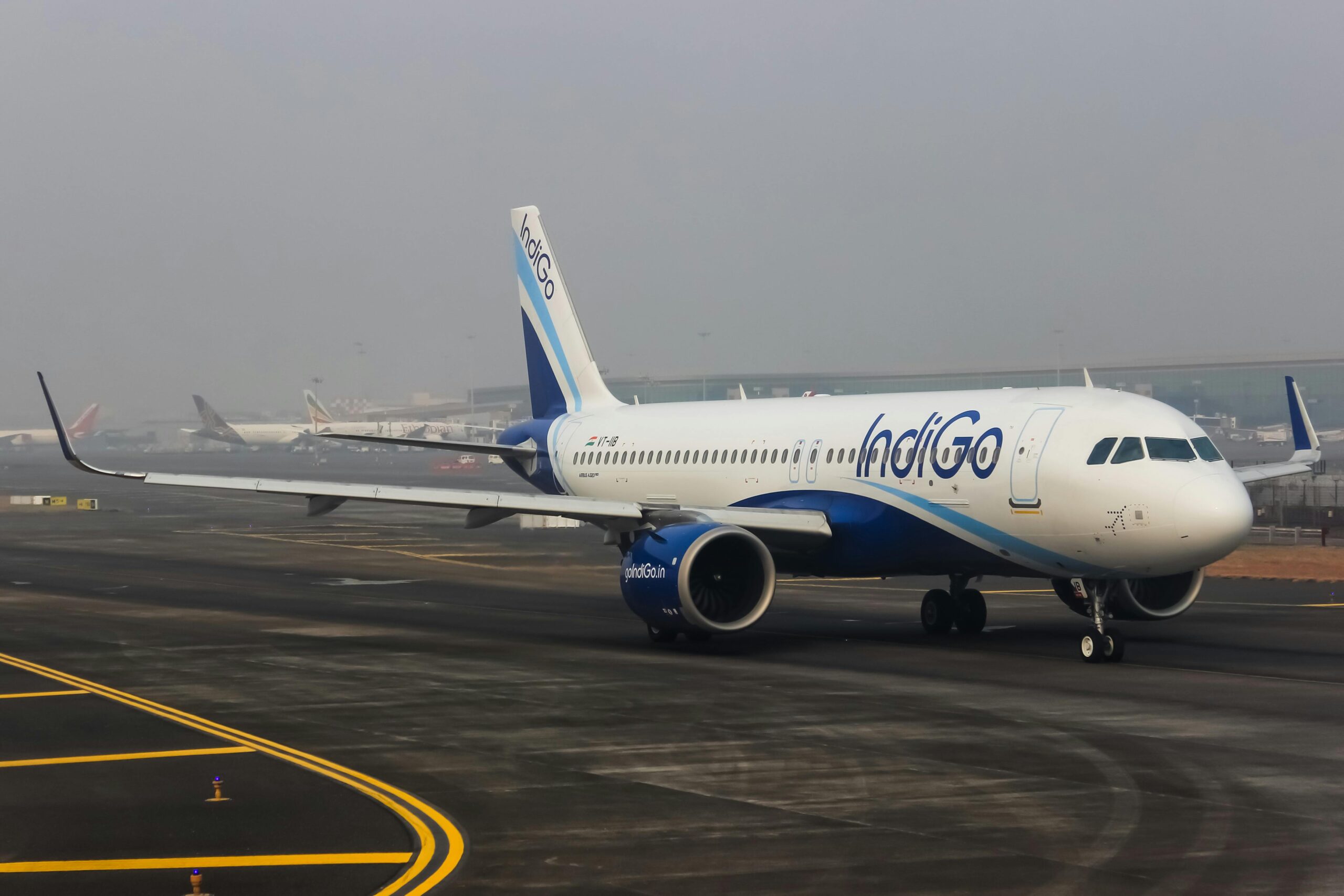
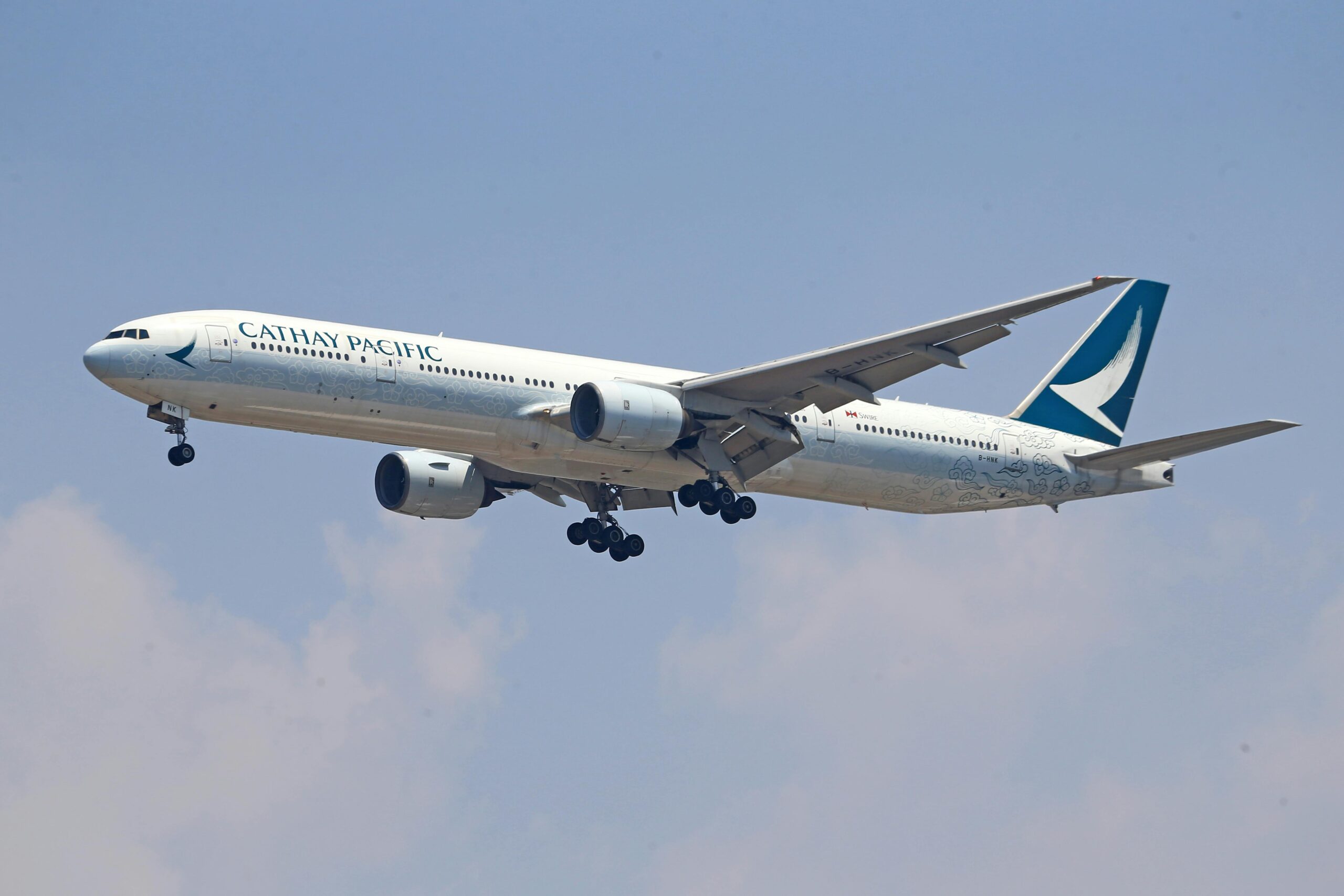

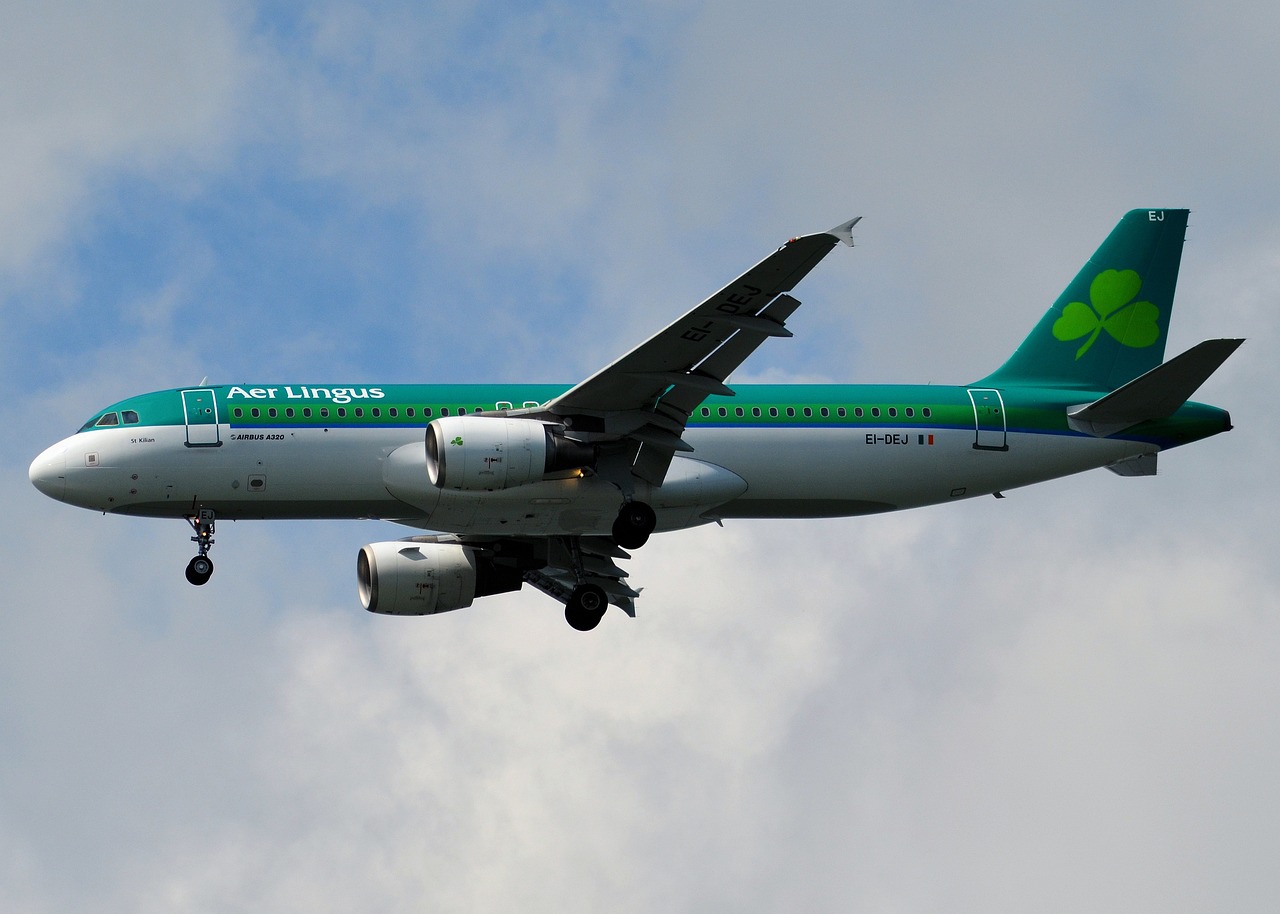
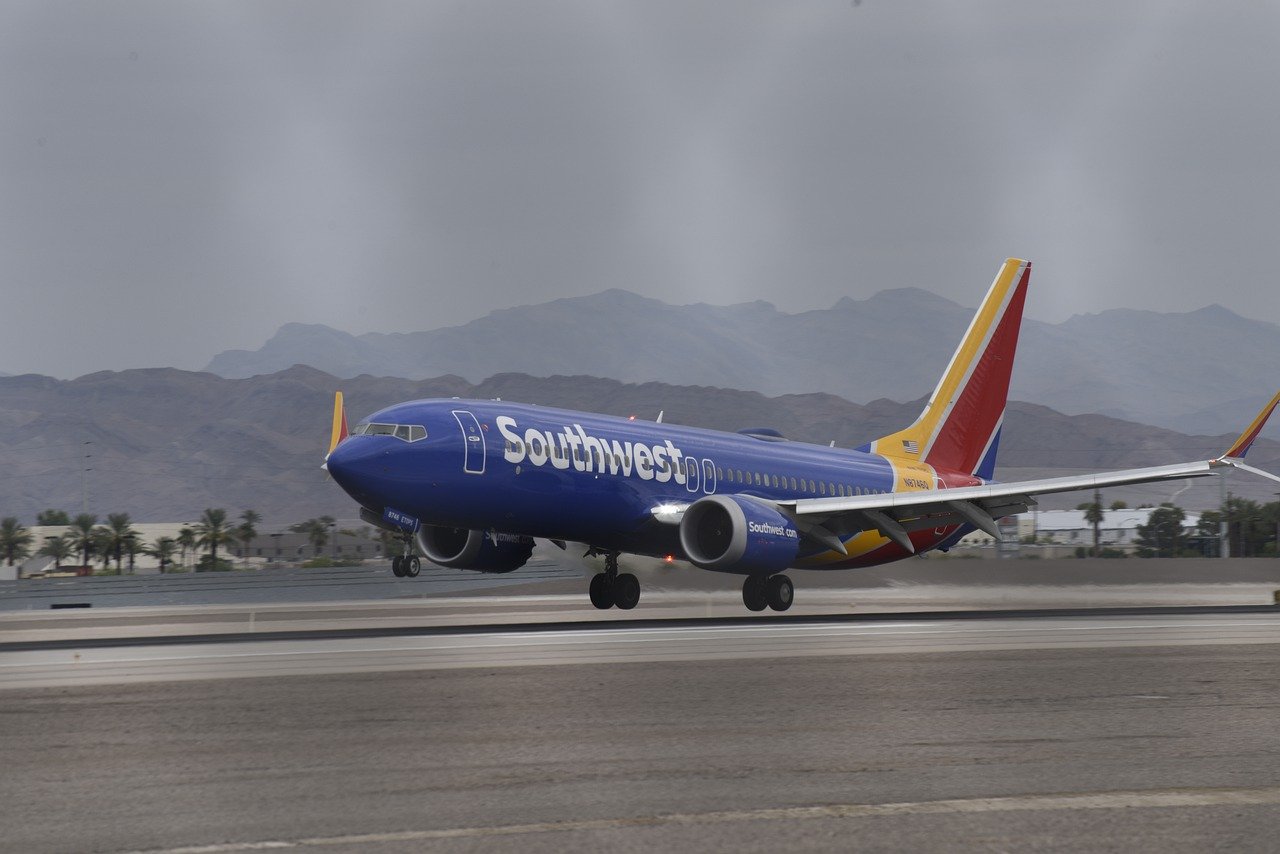

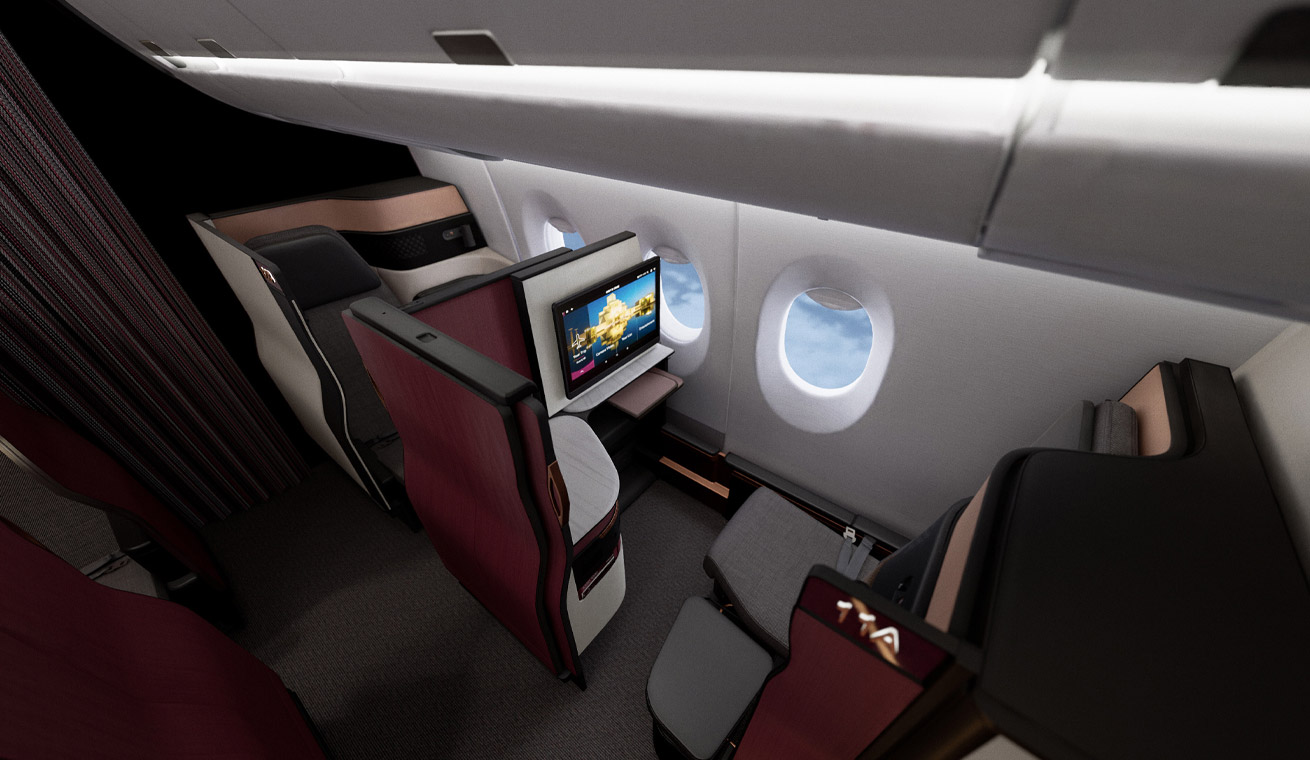
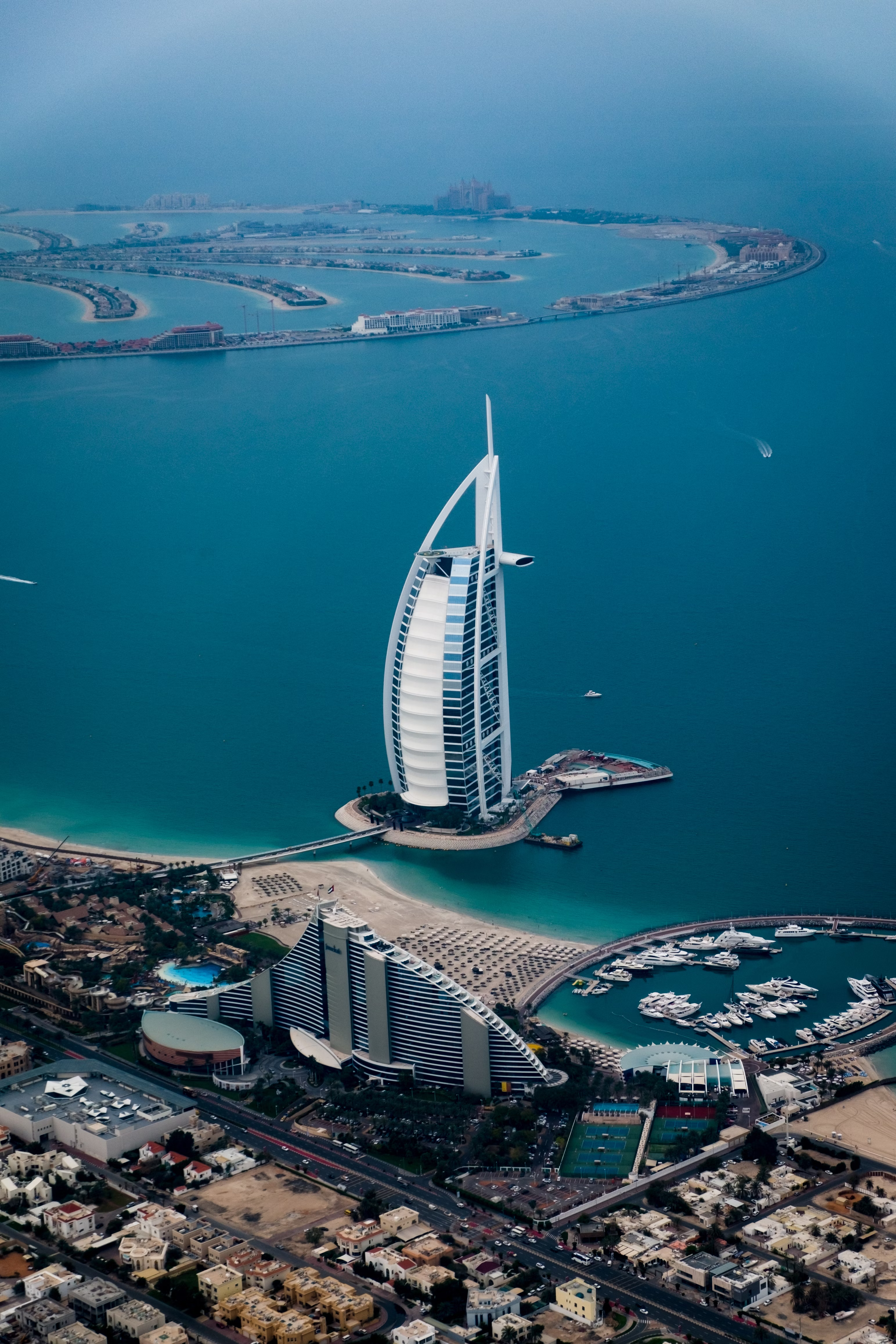

Leave a Reply